- Home›
- Healthy Living›
- 10 Common Walking Mistakes You Should Avoid
10 Common Walking Mistakes You Should Avoid
By: Priyanka Maheshwari Mon, 19 Feb 2024 2:52:29
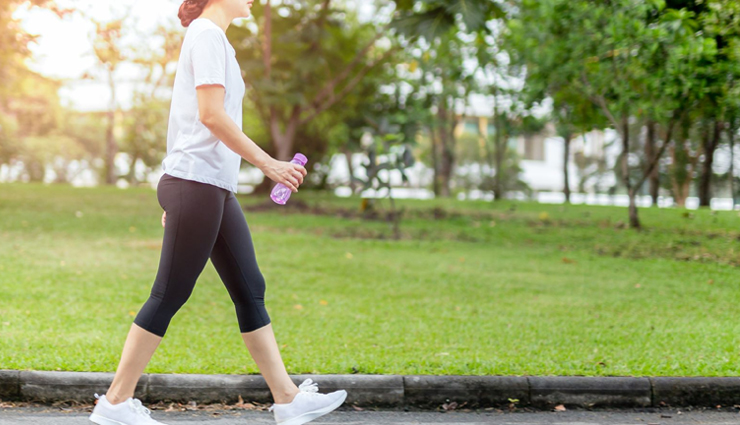
Improving your health, fitness, and mindset is achievable through mastering the proper walking technique. Enhancing your speed and fluidity is a potential outcome, while adopting an incorrect approach may result in wasted energy or potential injury.
Indeed, just as there are correct and incorrect approaches to various activities, including walking, fear not; we're here to assist you in recognizing common walking errors to steer clear of.
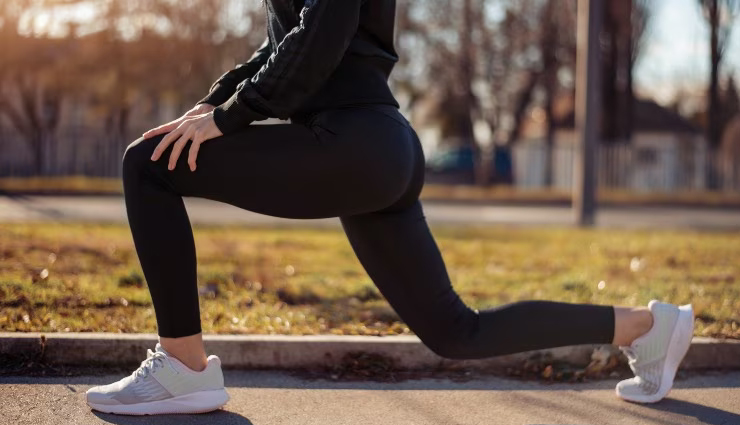
# Disregarding Warm-up Procedures
It's important to stretch your muscles both before and after your walking sessions. Despite walking being a moderate exercise, incorporating stretching routines before starting is advisable to prepare your muscles.
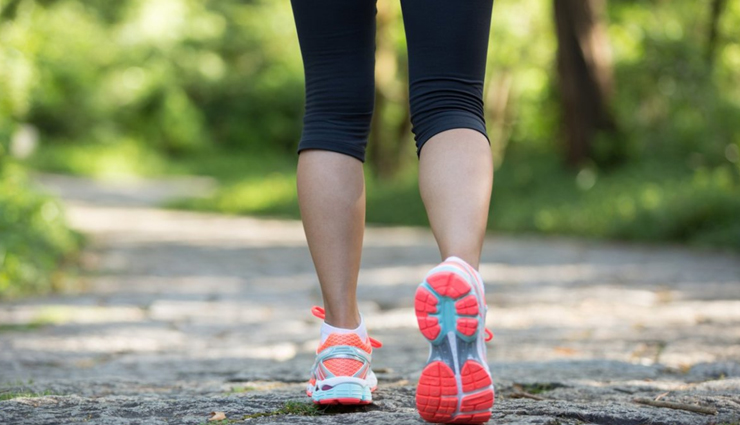
# Opting for Appropriate Footwear
Select shoes that provide adequate support for your feet. Wearing overly tight or uncomfortable shoes during walking can lead to foot injuries. Look for shoes with cushioned heels, lightweight, breathable, and water-resistant materials. Models designed specifically for running or walking may suit your needs.

# Choosing Comfortable Attire
Prioritize loose, breathable garments to ensure comfortable movement and prevent discomfort from sweat or moisture. Tight, heavy clothing can hinder your walking experience. Additionally, consider layering clothing to regulate temperature and be prepared for uncertain weather conditions with rain gear, hats, sunglasses, and sunscreen for sun protection.
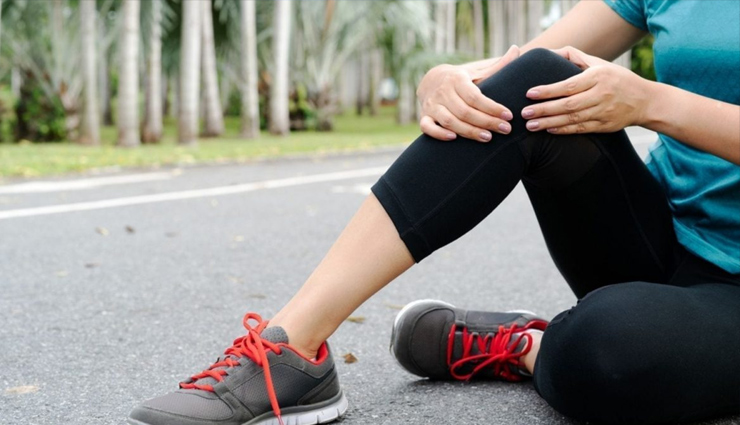
# Mindful Stride Management
Avoid attempting to elongate your strides, as this may strain your knees or toes, potentially leading to injury. Maintain a natural walking gait rather than making drastic adjustments.
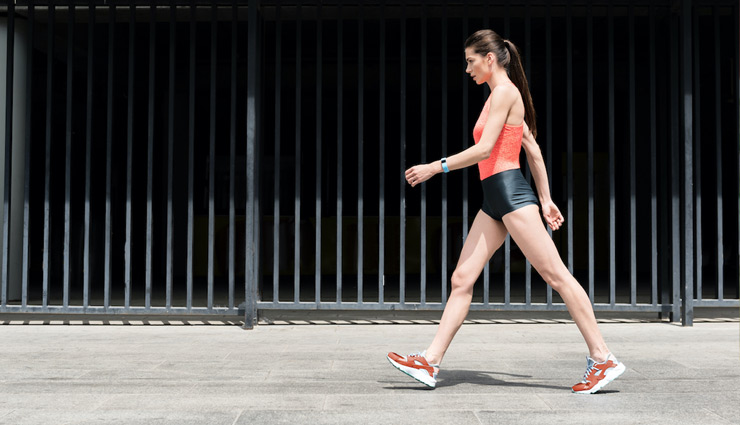
# Flexible Arm Movement
Experts recommend rhythmic swinging of arms while walking. Keeping arms rigidly at the sides or swinging them without proper bending constitutes a walking error. Optimal arm movement involves natural forward and backward swings, contributing to increased speed and power.
# Moderating Exercise Intensity
Overenthusiastic efforts may result in post-walking soreness. Gradually increase intensity and duration, listening to your body's cues instead of pushing for excessive mileage in a single session.
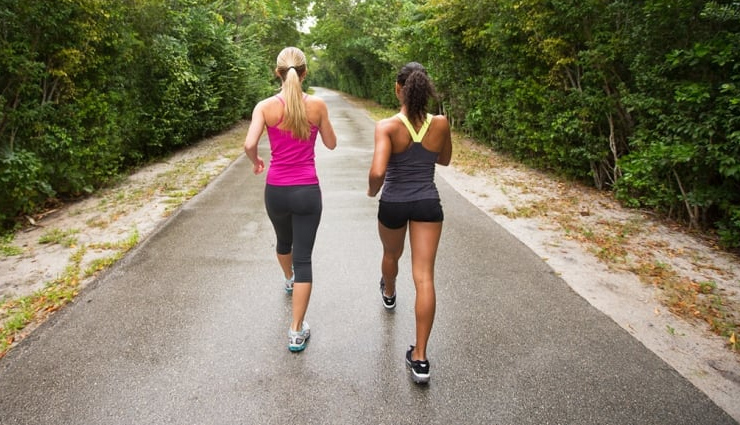
# Upholding Correct Posture
Maintaining proper walking form is essential, including a straight back and lifted head instead of slouching. Ignoring these posture guidelines can diminish the effectiveness of your workout.
# Minimizing Conversation Distractions
Engaging in quiet, mindful walking is recommended over chatting with companions during walks, enhancing the rejuvenating effects of the activity.
# Embracing Varied Terrain
Evidence suggests that walking on diverse terrains offers greater health benefits than solely using a treadmill. Incorporate walks on different surfaces to maximize workout effectiveness.

# Hydration Considerations
Opt for water as your beverage of choice during walks to avoid excessive sugar intake and unnecessary calories from sodas. Unless engaging in intense exercise, additional electrolytes are typically unnecessary for moderate walking sessions.





